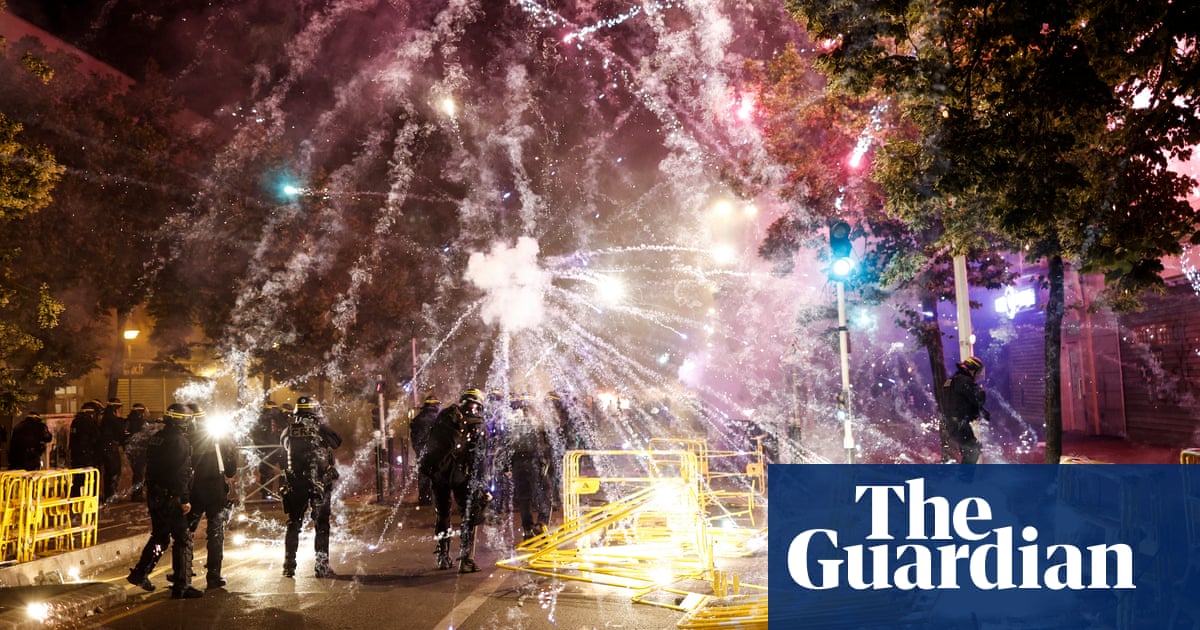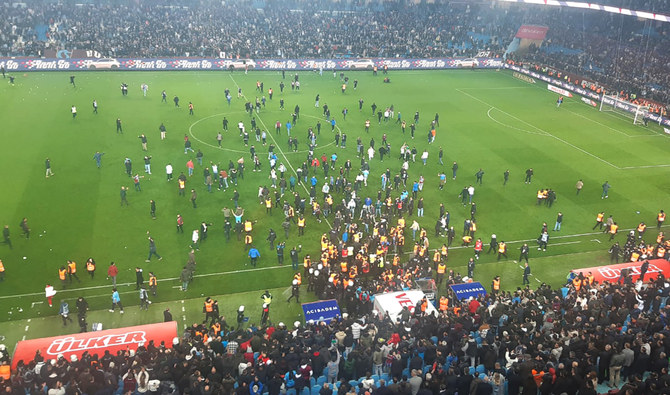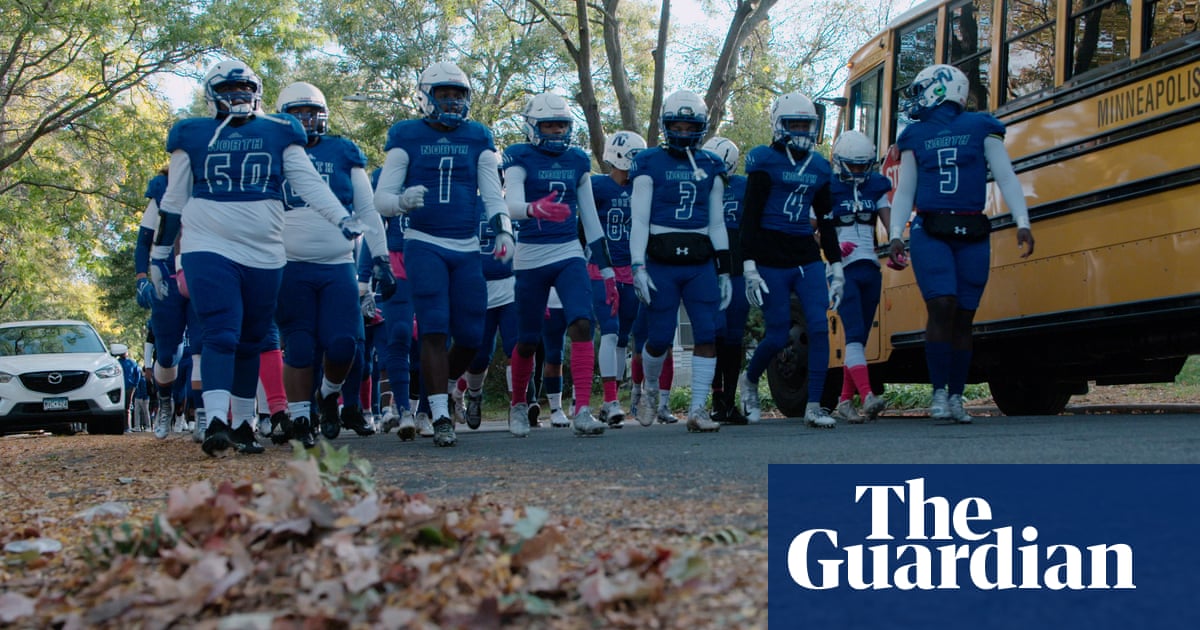
Unrest and violence erupted in the center of Chicago early on Monday after weeks of bubbling tension in a number of neighborhoods across the city and protests on Sunday after a man was shot by police on the south side.
More than 100 people were arrested on Monday after pockets of disruption escalated overnight into looting on the so-called Magnificent Mile central shopping district and some destruction in other parts of the city, the authorities said.
Police superintendent David Brown said the trouble in the downtown area “was not an organized protest” but instead “an incident of pure criminality” that began following the shooting of a person by police on Sunday in the Englewood neighborhood, which is 10 miles from the north side streets of flagship stores.
At one point early on Monday, shots were fired at police and officers returned fire. Brown said a heavy police presence was expected in the downtown area until further notice.
Hours earlier, on Sunday afternoon, police shot a man after he opened fire on officers, according to the department. The incident apparently prompted a social media post urging people to converge on the business district, Brown said. Some 400 additional officers were dispatched to the area after the police department spotted the post.
“This was straight-up, felony criminal conduct,” said Chicago’s mayor, Lori Lightfoot. “This was an assault on our city.”
Hundreds of people were seen damaging storefronts and stealing goods on Sunday night. Several people were videoed taking merchandise from stores including Walgreens and CVS, with some bringing the goods to waiting cars.
There was a large police presence on Monday morning outside an Apple store located north of Chicago’s downtown area. Blocks away, debris was strewn in parking lots in front of a Best Buy and a large liquor store.
Train and bus service into downtown was temporarily suspended at the request of public safety officials, the Chicago Transit Authority said on Twitter. Bridges over the Chicago River were lifted, preventing travel to and from the downtown area, and Illinois state police blocked some expressway ramps into downtown.
The partial shutdown of Chicago echoes similar moves taken in the wake of the death of George Floyd, a black man who was killed by police in Minneapolis on 25 May. Floyd’s death sparked a wave of anti-racism protests across the country, including in Chicago.
Lightfoot said police were investigating the possible link between the latest unrest and the shooting of the man in Englewood. But she said there “cannot be any excuse” for what she called “brazen and extensive criminal looting and destruction”.
“We are waking up in shock this morning,” the mayor said on Monday. “This has nothing to do with first amendment expression. This was straight-up felony, criminal conduct. It’s deeply painful for every Chicagoan, it’s an assault on our city and undermines our recovery efforts.”
The unnamed man who was shot by police, thought to be in his teens or early 20s, was in Englewood, and was taken to a hospital in an unknown condition.
Several dozen people gathered locally to protest, in what became a face-off with police in the wake of the shooting, but then dispersed.
The unrest has led to blame aimed at Lightfoot, as well as the Illinois governor, JB Pritzker, for not doing more to address outbreaks of violence of varying intensity, culminating in Sunday night’s chaos.
Lightfoot is under intense pressure not just in the immediate sense but in terms of underlying factors such as a history of extreme inequality between different neighborhoods, policing problems and a recent surge in gun violence in some communities.
Deep-seated problems have been exacerbated by the coronavirus pandemic, the related cratering of the economy and tension with police amid widespread protests sparked by the death of Floyd, but incorporating anger over wider systemic racism as well as police brutality.
“This is a failure of leadership,” tweeted Raymond Lopez, an alderman for the city’s south side. “A failure of law enforcement & states attorney not on the same page. A failure to act on information. We have seen this before. The question now is how do we protect the other neighborhoods. How do you hold these criminals accountable.”
Other elected representatives in Chicago pointed out the vandalism and thefts were occurring in the broader context of surging unemployment, healthcare disparities in the pandemic and community anger at police for disproportionately targeting people of color.
“We not only have criminals on the streets, we have criminals in corporate boardrooms and criminals in government. People are starving,” La Shawn Ford, a state representative for the west side of Chicago, told NBC. “Right now in plain view we are seeing black people calling out for help and black people looting. The solution isn’t to just lock them all up.”
Donald Trump has regularly portrayed Chicago as a lawless place and threatened federal intervention in the city.
There was sporadic clashes with police in other cities over the weekend as largely peaceful protests splintered on the fringe or in the early hours.
Police donned riot gear in Ferguson, Missouri, and, guns drawn, advanced upon protesters who were commemorating the sixth anniversary of Michael Brown’s killing by a police officer in 2014, after people gathered outside the police department.
In Portland, Oregon, protests that had been largely calm across various parts of the city were marred later by a clash outside a police union building. Law enforcement officers for the second time in the weekend, following a fire set at the building early Sunday, declared the situation a riot, making several arrests.
Other protests took place in Phoenix, Arizona, and Seattle as demonstrations continue in support of the Black Lives Matter movement that was reinvigorated by the killing of Floyd in Minneapolis, spurring marchers across the US and overseas.












